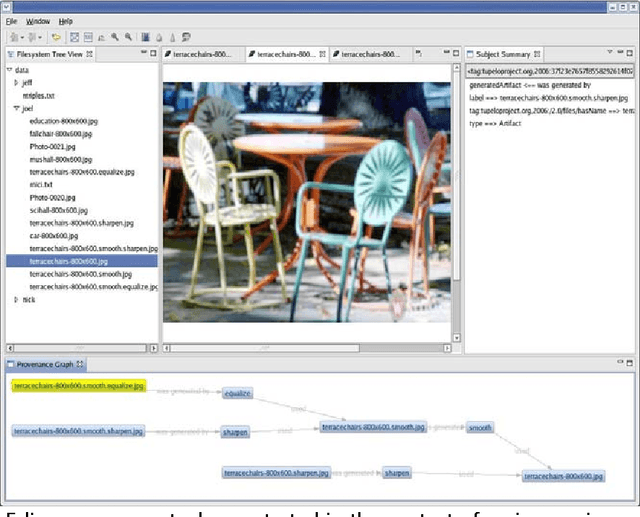Luigi Marini
National Center for Supercomputing Applications, University of Illinois at Urbana-Champaign
Self-Supervised Masked Digital Elevation Models Encoding for Low-Resource Downstream Tasks
Sep 06, 2023Abstract:The lack of quality labeled data is one of the main bottlenecks for training Deep Learning models. As the task increases in complexity, there is a higher penalty for overfitting and unstable learning. The typical paradigm employed today is Self-Supervised learning, where the model attempts to learn from a large corpus of unstructured and unlabeled data and then transfer that knowledge to the required task. Some notable examples of self-supervision in other modalities are BERT for Large Language Models, Wav2Vec for Speech Recognition, and the Masked AutoEncoder for Vision, which all utilize Transformers to solve a masked prediction task. GeoAI is uniquely poised to take advantage of the self-supervised methodology due to the decades of data collected, little of which is precisely and dependably annotated. Our goal is to extract building and road segmentations from Digital Elevation Models (DEM) that provide a detailed topography of the earths surface. The proposed architecture is the Masked Autoencoder pre-trained on ImageNet (with the limitation that there is a large domain discrepancy between ImageNet and DEM) with an UperNet Head for decoding segmentations. We tested this model with 450 and 50 training images only, utilizing roughly 5% and 0.5% of the original data respectively. On the building segmentation task, this model obtains an 82.1% Intersection over Union (IoU) with 450 Images and 69.1% IoU with only 50 images. On the more challenging road detection task the model obtains an 82.7% IoU with 450 images and 73.2% IoU with only 50 images. Any hand-labeled dataset made today about the earths surface will be immediately obsolete due to the constantly changing nature of the landscape. This motivates the clear necessity for data-efficient learners that can be used for a wide variety of downstream tasks.
Embedding Data within Knowledge Spaces
Feb 04, 2009
Abstract:The promise of e-Science will only be realized when data is discoverable, accessible, and comprehensible within distributed teams, across disciplines, and over the long-term--without reliance on out-of-band (non-digital) means. We have developed the open-source Tupelo semantic content management framework and are employing it to manage a wide range of e-Science entities (including data, documents, workflows, people, and projects) and a broad range of metadata (including provenance, social networks, geospatial relationships, temporal relations, and domain descriptions). Tupelo couples the use of global identifiers and resource description framework (RDF) statements with an aggregatable content repository model to provide a unified space for securely managing distributed heterogeneous content and relationships.
 Add to Chrome
Add to Chrome Add to Firefox
Add to Firefox Add to Edge
Add to Edge